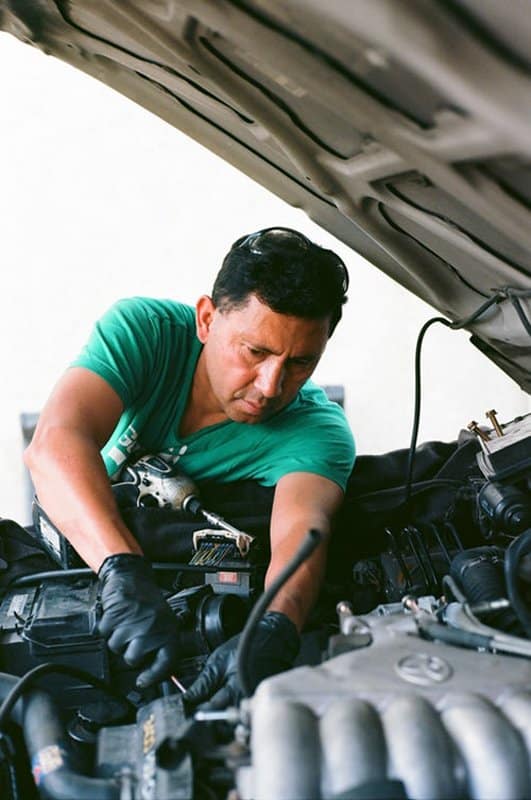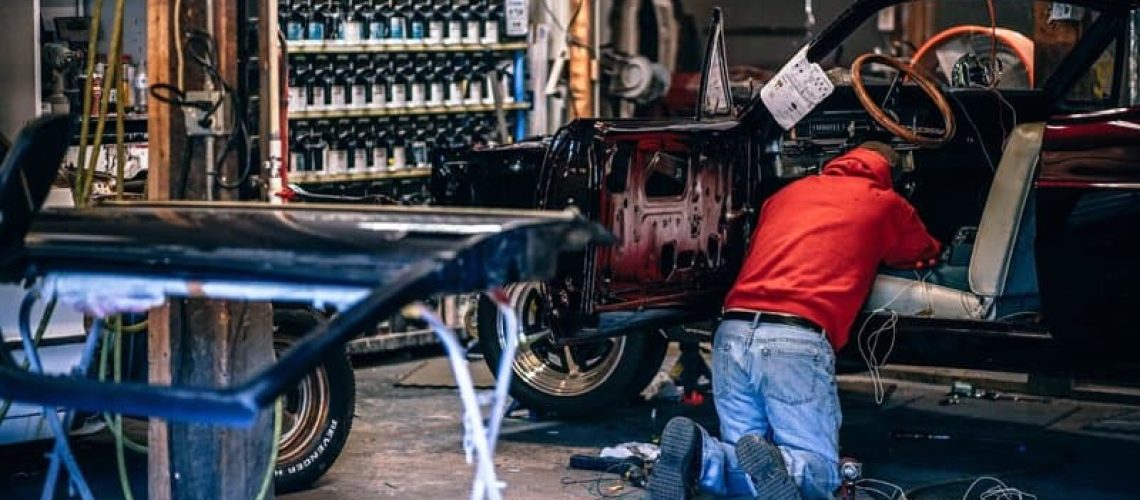Winter is in full swing in our neck of the woods, so that means the active part of building a project car (or cars) goes on the back-burner. Unless of course you have a tricked out shop that allows you to build, destroy, create, dismantle all year long- lucky you. For those of us not willing to face the cold to work on our beloved project car, it’s time to start planning. Especially if you have yet to put a little elbow grease into your build. While you’re bundled up nice and cozy in your home, you’ll have some extra time to plan your attack on your next project. Whether you’re building a daily driver or show car, we’ll help you get started, even if that means just changing out the radiator hose clamps before you do anything else. We hope this planning guide will give you the motivation when warmer weather gets here to begin working on your new ride as well as save you money and help you to avoid stress.
Know Exactly What Kind of Car You Want to Build
According to the experts at hotrod.com, before you jump on the impulse to buy a project car and tear it apart, you need to have an exact or pretty close to exact idea of what type of car or truck you want to build. Some questions that need to be answered before you start putting the time and money into your project car include:
- What type of vehicle you want to build. This goes beyond just the make and year of the car, but also what style do you want your project to emanate? Traditional, hot rod, and pro touring are a few examples.
- How will you be using your project car? Is it a daily driver, an off-road outfit, a show car, etc,?
- What kind of drive-train do you want?
- How will it sit?
- Is there a specific horsepower you’re going towards?
- What additional details do you want to add? Blinged out show car clamps? Chromed out wheels? Wheeley bar to keep your front tires on the ground? The ideas are endless.
These questions and more can assist you in developing an idea of how much time and money your project will cost you. (hint: whatever you guesstimate, double it; project cars are called “projects” for a reason). During your “prep” time you can get an idea of what you may want to build by surfing the internet, going to car shows, and reading auto magazines to begin building the image of what you want to build.
Budget, Budget, Budget

As previously mentioned, building a project vehicle takes time and money, so one of the smartest things you can do is to create a smart budget that’s both realistic, but still allows for some fun details. In ROADKILL’s article New Project Car? How to Build on a Budget, they offer smart fixes that can be done on budgets from $50 to $2,500, with upgrades that range from simple fixes like changing radiator hose clamps and replacing thermostats, all the way up to rebuilding your engine.
Another factor to consider is whether or not you’ll be having the pros work on your project or the bulk of the work. Shops across the country can cost anywhere from $40 to $100 an hour, with most project cars taking 1,200 to 1,500 hours to build; the lower end of the spectrum is estimated around $48,000 to have the pros rebuild your ride.
Of course you can save a lot of money by doing the work yourself, however some things must be done by the professionals, especially if you have no experience working on cars. If your skill set only includes changing a tire, putting a new radiator hose clamp on a hose, or changing the oil, you may want to leave the bigger stuff to the professionals.
Create a Time Frame or Don’t
Building a car takes time. Even if you have the work subcontracted out, it will still take much longer than you think it will. Even though it can take some shops only 1,200 hours to fix your ride, they aren’t spending their 40 hour week solely working on your project car. For a project built from scratch, American Hot Rodder, Pete Chapouris says, “ A car built from scratch is going to take a year to finish.” Now this the time frame set for a professional working on your vehicle that has full work days to dedicate to building your dream car.
With that in mind, create a time frame for yourself that doesn’t revolve around immediate gratification and allows for time to learn and fix any potential mishaps. If it’s you solely working on your ride on days offs and some weekends, you shouldn’t expect to have your car finished in a year, maybe even two or three years. Give yourself some wiggle room and take the necessary time to complete your project car the right way.
Measure Parts Before Tearing Apart
Before you begin tearing the existing car you’ve purchases apart, you need to take measurements, especially around the engine compartment. In addition to measuring before you tear it apart, it’s important to check the body mount, door and panels while the vehicle is on it’s wheels, as suspension can play a role in the overall shape of the vehicle. Basically, according to Hotrod.com, you’ll want to “pre-assemble the car on the chassis to make sure it all fits before you send it to the body shop for paint.” Which will actually save you time and money in the long run.
Patience is a Virtue
One of the biggest complaints people have about building a project car is the time it takes to get ALL THE THINGS. Depending on the company you are getting your parts from you may be waiting 6 months to year to get your parts in. This just means you have more time to work on other aspects of your vehicle and do some research. Don’t let the time frame or money scare you out of building the car of your dreams. Even if you can only afford to fix the thermostat and buy a new radiator hose clamp, that’s better than nothing. In the meantime, have fun researching your dream build.






